Explore Bau Magazine’s influential mix of word and image at the ICA

The first major presentation of the work of Austrian architecture magazine Bau is launched in the UK today by London's Institute of Contemporary Arts. The influential Vienna-based publication was founded in 1965 and helped define the era's architectural discourse through its inspirational content.
The exhibition, 'Everything is architecture: Bau Magazine from the 60s and 70s', will display vintage issues published between 1965 and 1970. This particular period was a turning point for the magazine as its editorship was at the time taken over by a group of influential Austrian architects and artists, including Hans Hollein, Walter Pichler, Günther Feuerstein and Oswald Oberhuber.
Exploring a period when new experiments in architecture were flourishing globally, the exhibition shows how the magazine presented a platform to push novel ideas, advocating that buildings were much more than mere concrete forms and arguing for their great influence in the realms of art and politics. This radical interdisciplinary approach was crystallised in the 1968 issue of 'Bau' where influential architect Hans Hollein boldly claimed that 'Everything is Architecture'.
In the ICA's display, visitors can experience first hand Bau's unique design and layout and its difference when compared other experimental publications of its time. The publication strikes a beautiful balance between key texts by philosophers, artists and architects and playful, dynamic imagery of architecture, art and popular culture - a powerful mix. Complementing the exhibition, further talks elaborating on the publication's background history will be held by seminal architect, founder of Archigram and former ICA director, Peter Cook.
Offering a glimpse into an exciting turning point in architectural history and press, visitors can see how the iconic magazine broke boundaries and questioned what defined modernist architecture in the pre-war period.

Bau Magazine, Issue 6, 1967 (left, front cover, design by Oswald Oberhuber) and Issue 3, 1965 (right, front Cover, design by Barbara Pflaum). published by Zentralvereinigung der Architekten Österrreichs (Central Association of Austrian Architects)
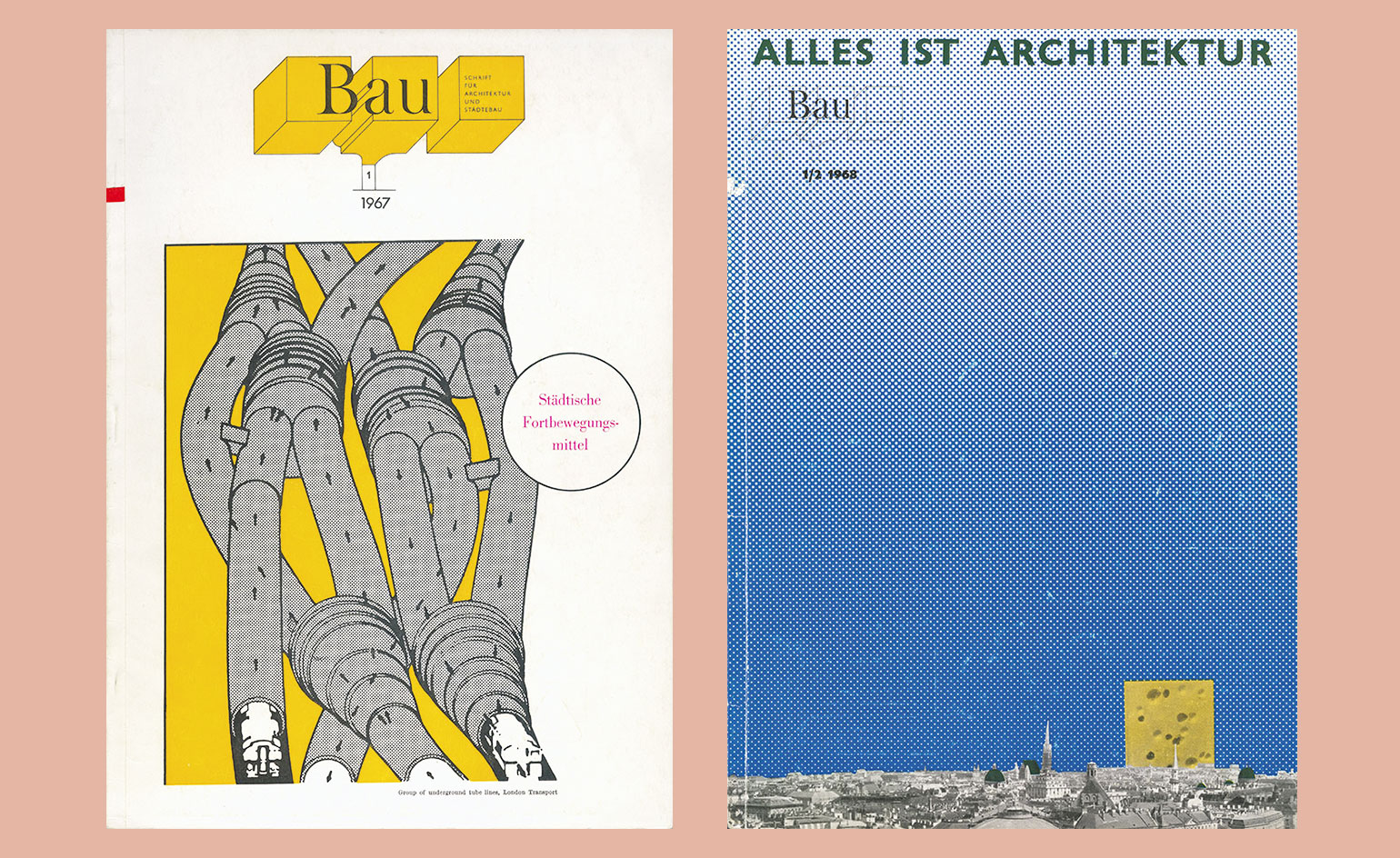
Bau Magazine, Issue 1, 1967 (left, front cover, design by Walter Pichler based on a diagram from the publication New Movement in Cities by Brian Richards) and Issue 1-2, 1967 (right, front cover, design by Walter Pichler based on a diagram from the publication New Movement in Cities by Brian Richards). published by Zentralvereinigung der Architekten Österrreichs (Central Association of Austrian Architects)
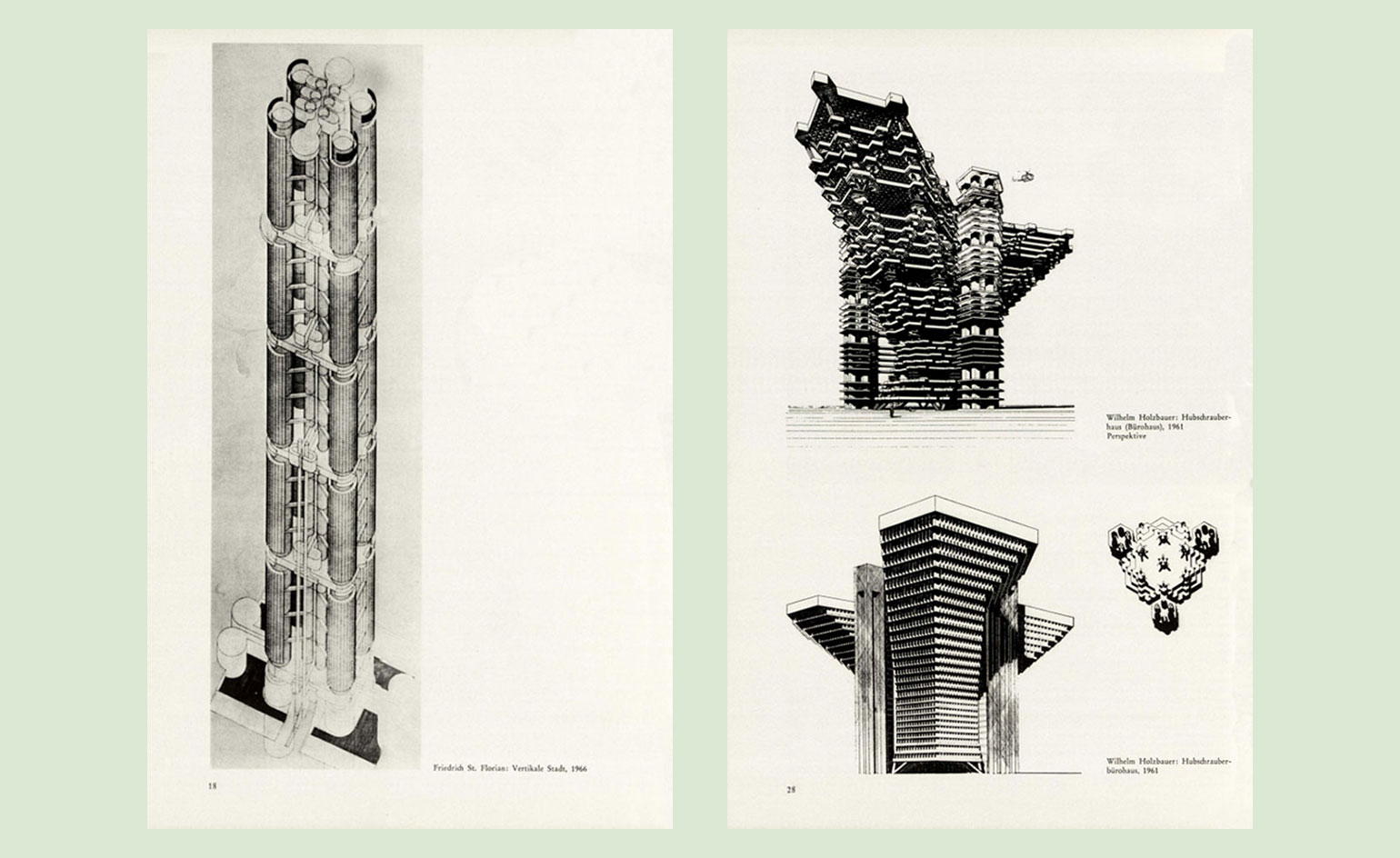
Bau Magazine, , Issue 2-3, 1969 (left, interior page, drawing by Friedrich St. Florian) and Issue 2-3, 1969 (right, interior page, drawing by Friedrich St. Florian). published by Zentralvereinigung der Architekten Österrreichs (Central Association of Austrian Architects)

Bau Magazine, Issue 1, 1967 (left, front cover, design by Walter Pichler based on a diagram from the publication New Movement in Cities by Brian Richards) and Issue 3, 1968 (right, front cover, design by Oswald Oberhuber). published by Zentralvereinigung der Architekten Österrreichs (Central Association of Austrian Architects)

Bau Magazine, Issue 2, 1967 (left, back cover, advertising) and Issue 2, 1967 (right, back cover, advertising). published by Zentralvereinigung der Architekten Österrreichs (Central Association of Austrian Architects)
Receive our daily digest of inspiration, escapism and design stories from around the world direct to your inbox.
-
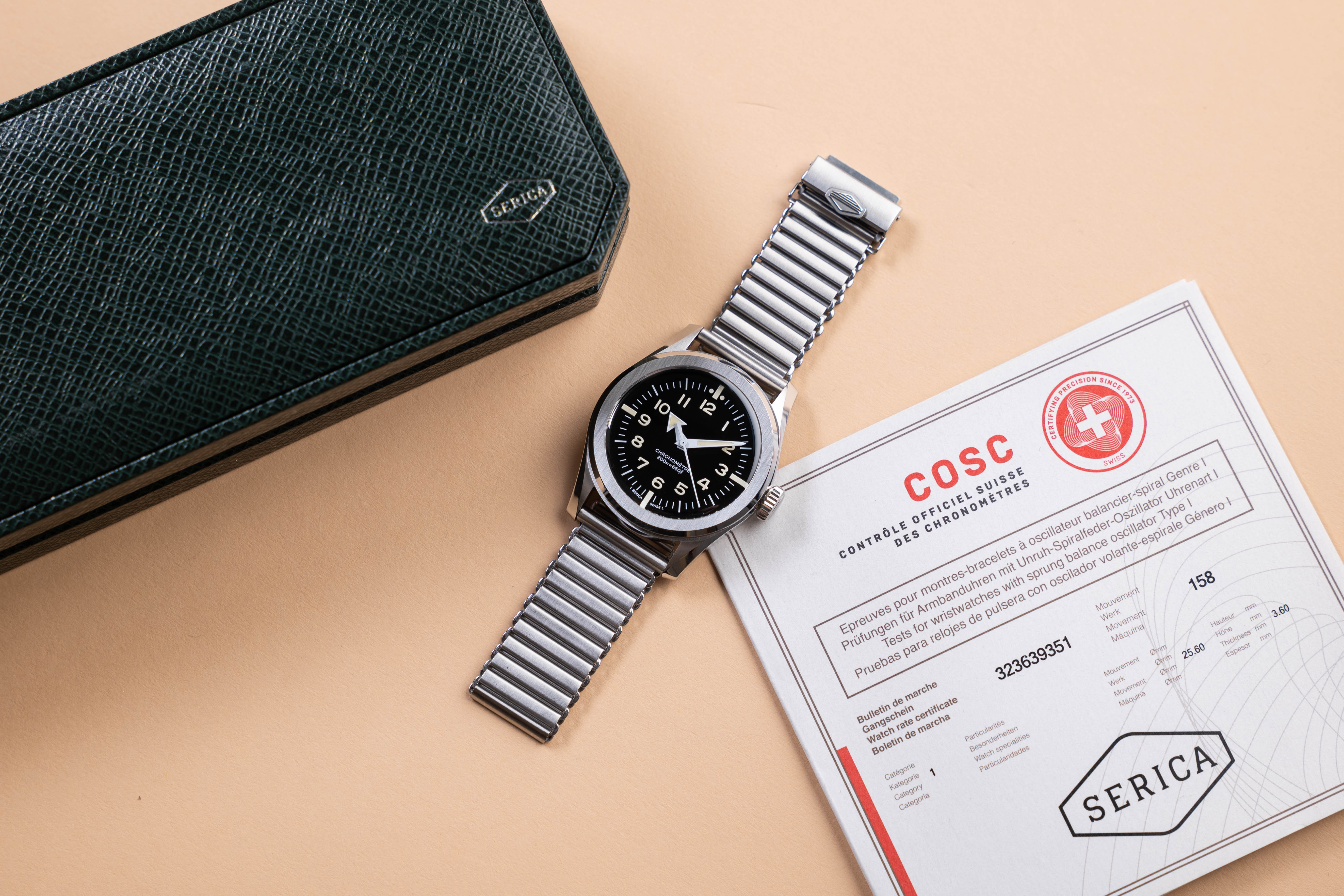 Click to buy: how will we buy watches in 2026?
Click to buy: how will we buy watches in 2026?Time was when a watch was bought only in a shop - the trying on was all part of the 'white glove' sales experience. But can the watch industry really put off the digital world any longer?
-
 Don't miss these art exhibitions to see in January
Don't miss these art exhibitions to see in JanuaryStart the year with an inspiring dose of culture - here are the best things to see in January
-
 Unmissable fashion exhibitions to add to your calendar in 2026
Unmissable fashion exhibitions to add to your calendar in 2026From a trip back to the 1990s at Tate Britain to retrospectives on Schiaparelli, Madame Grès and Vivienne Westwood, 2026 looks set to continue the renaissance of the fashion exhibition
-
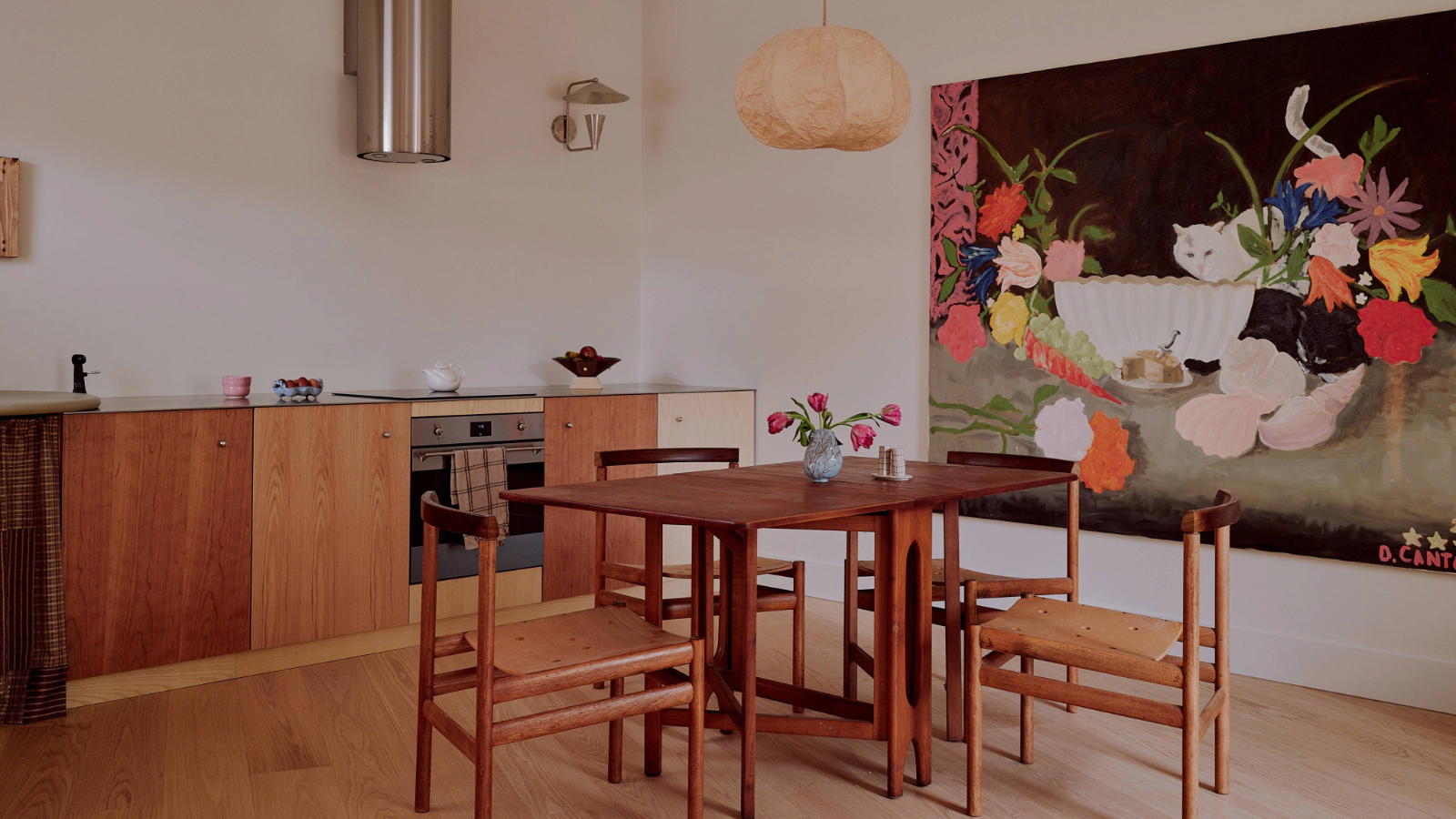 This curved brick home by Flawk blends quiet sophistication and playful details
This curved brick home by Flawk blends quiet sophistication and playful detailsDistilling developer Flawk’s belief that architecture can be joyful, precise and human, Runda brings a curving, sculptural form to a quiet corner of north London
-
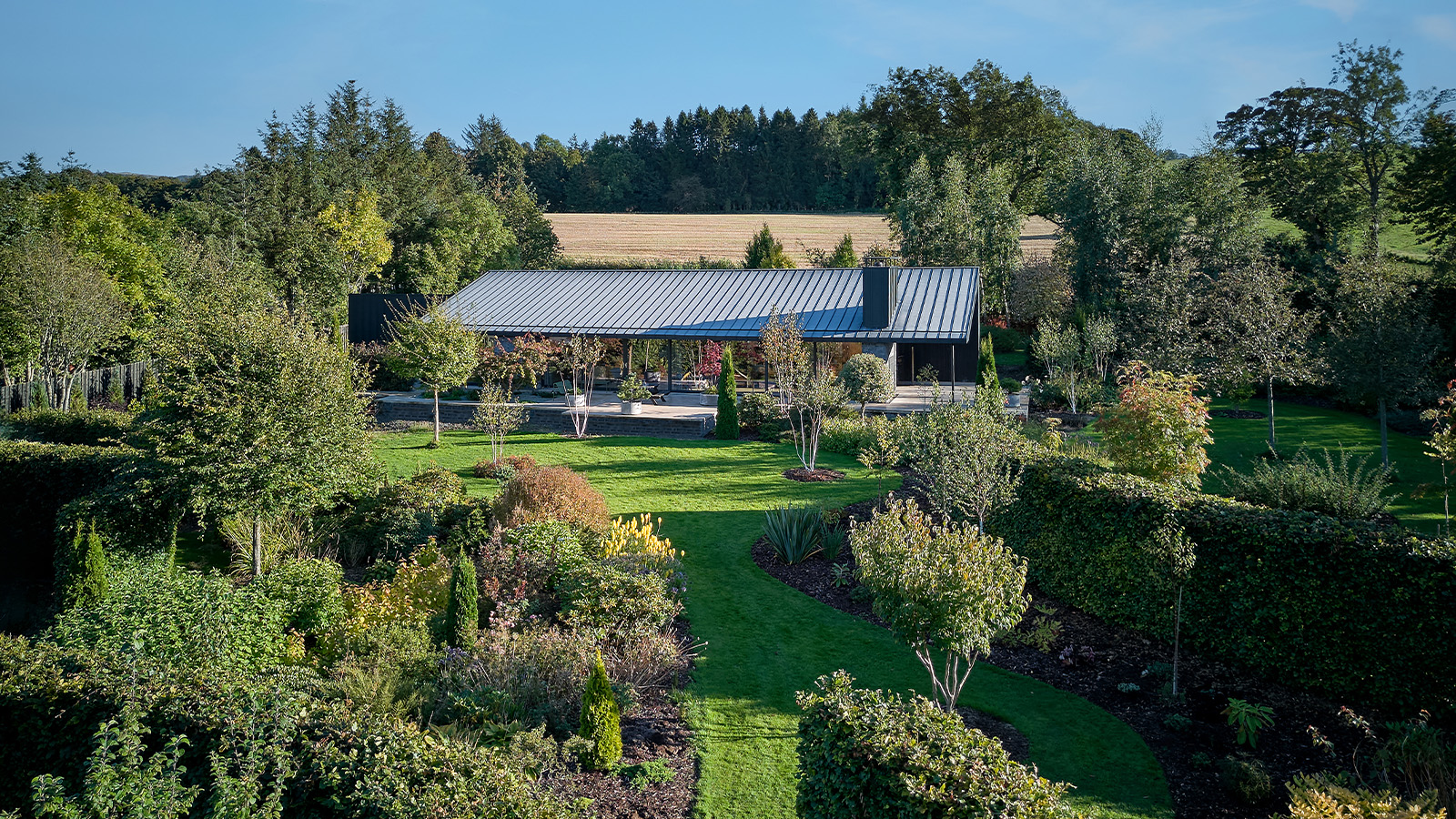 A compact Scottish home is a 'sunny place,' nestled into its thriving orchard setting
A compact Scottish home is a 'sunny place,' nestled into its thriving orchard settingGrianan (Gaelic for 'sunny place') is a single-storey Scottish home by Cameron Webster Architects set in rural Stirlingshire
-
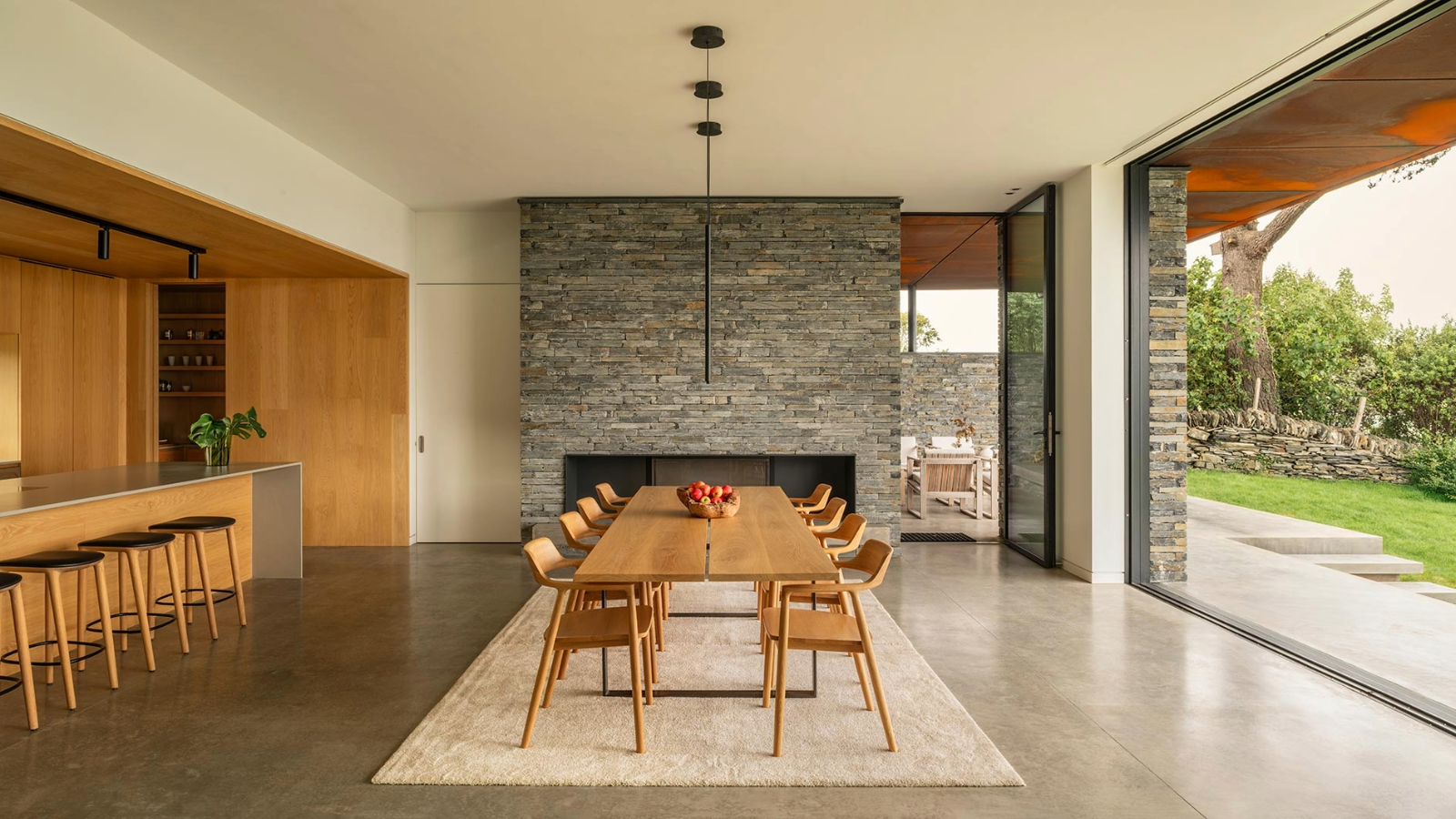 Porthmadog House mines the rich seam of Wales’ industrial past at the Dwyryd estuary
Porthmadog House mines the rich seam of Wales’ industrial past at the Dwyryd estuaryStröm Architects’ Porthmadog House, a slate and Corten steel seaside retreat in north Wales, reinterprets the area’s mining and ironworking heritage
-
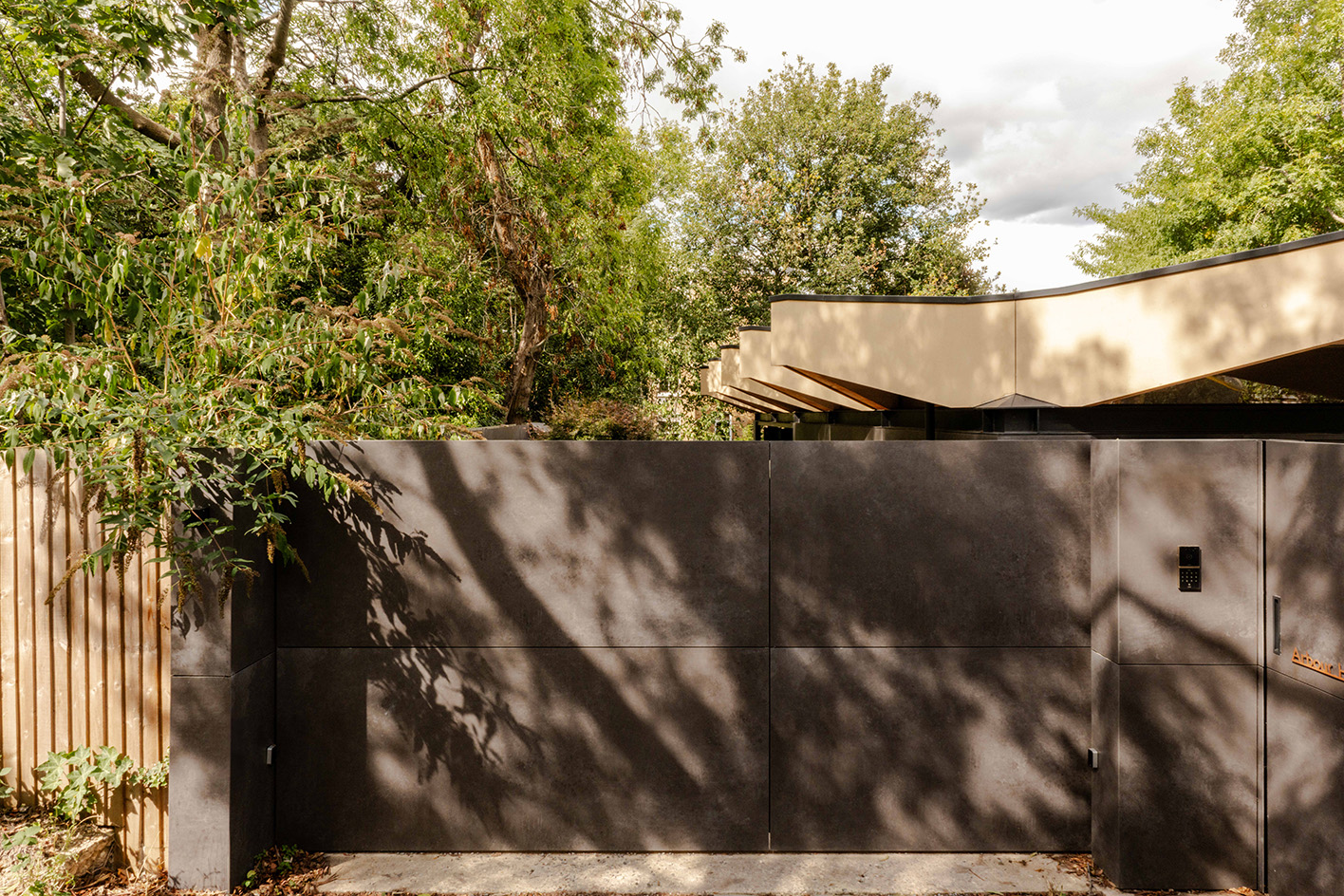 Arbour House is a north London home that lies low but punches high
Arbour House is a north London home that lies low but punches highArbour House by Andrei Saltykov is a low-lying Crouch End home with a striking roof structure that sets it apart
-
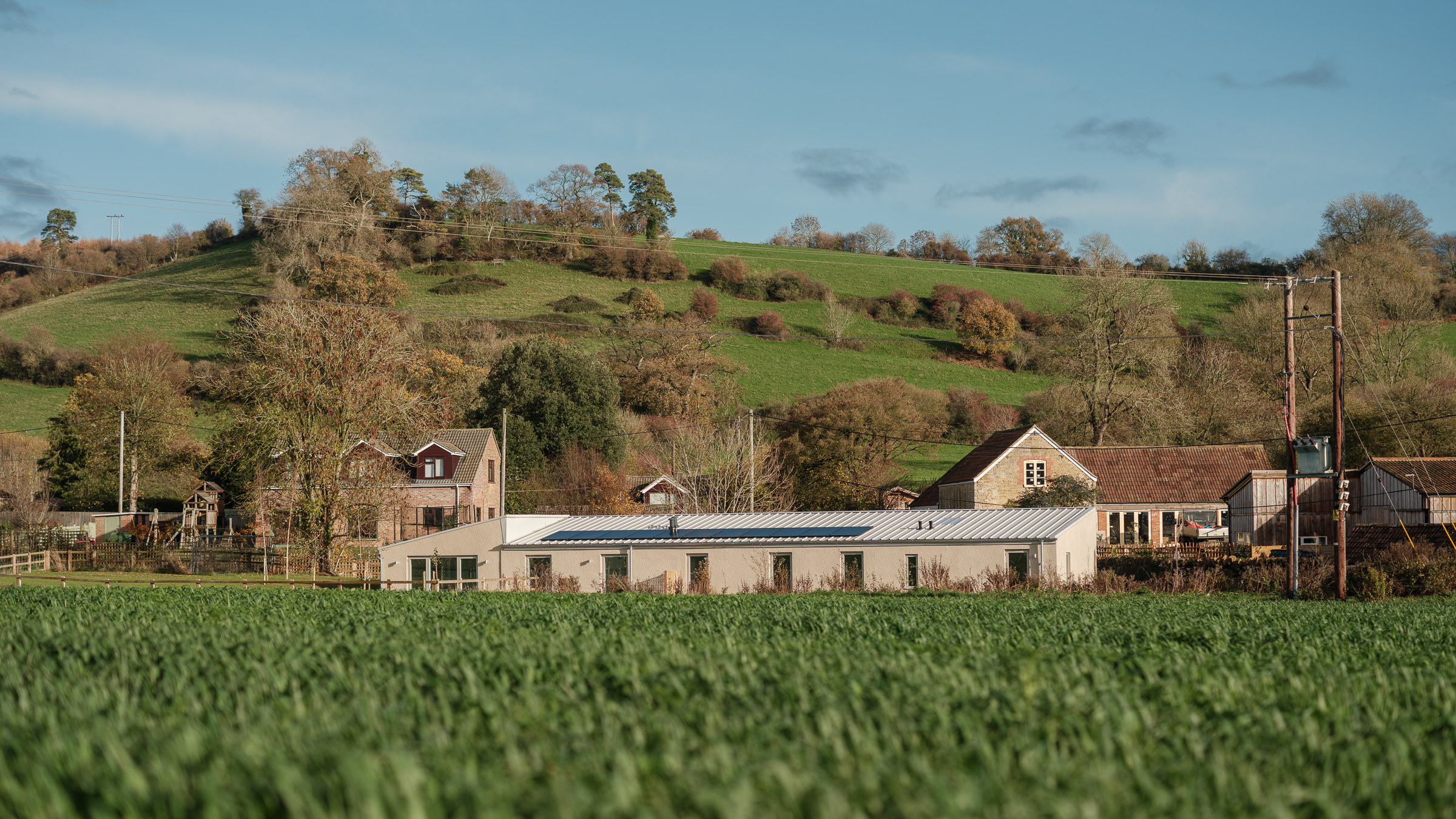 A former agricultural building is transformed into a minimal rural home by Bindloss Dawes
A former agricultural building is transformed into a minimal rural home by Bindloss DawesZero-carbon design meets adaptive re-use in the Tractor Shed, a stripped-back house in a country village by Somerset architects Bindloss Dawes
-
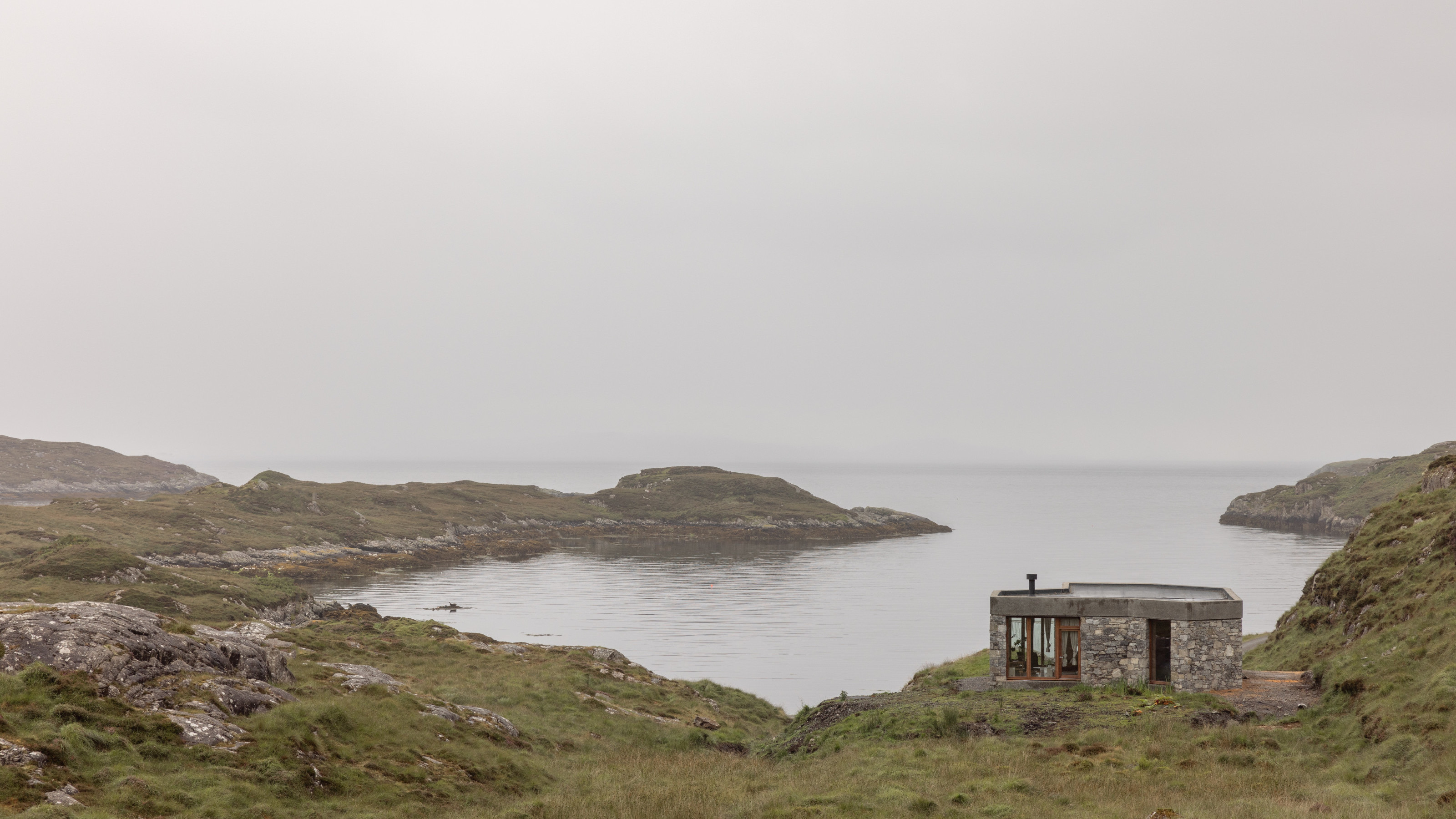 RIBA House of the Year 2025 is a ‘rare mixture of sensitivity and boldness’
RIBA House of the Year 2025 is a ‘rare mixture of sensitivity and boldness’Topping the list of seven shortlisted homes, Izat Arundell’s Hebridean self-build – named Caochan na Creige – is announced as the RIBA House of the Year 2025
-
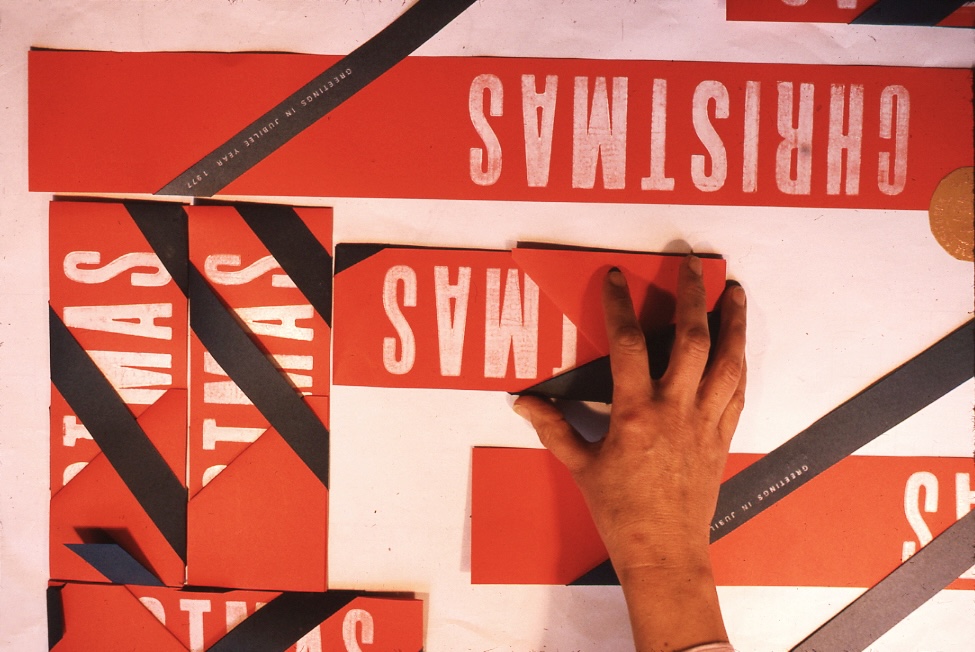 In addition to brutalist buildings, Alison Smithson designed some of the most creative Christmas cards we've seen
In addition to brutalist buildings, Alison Smithson designed some of the most creative Christmas cards we've seenThe architect’s collection of season’s greetings is on show at the Roca London Gallery, just in time for the holidays
-
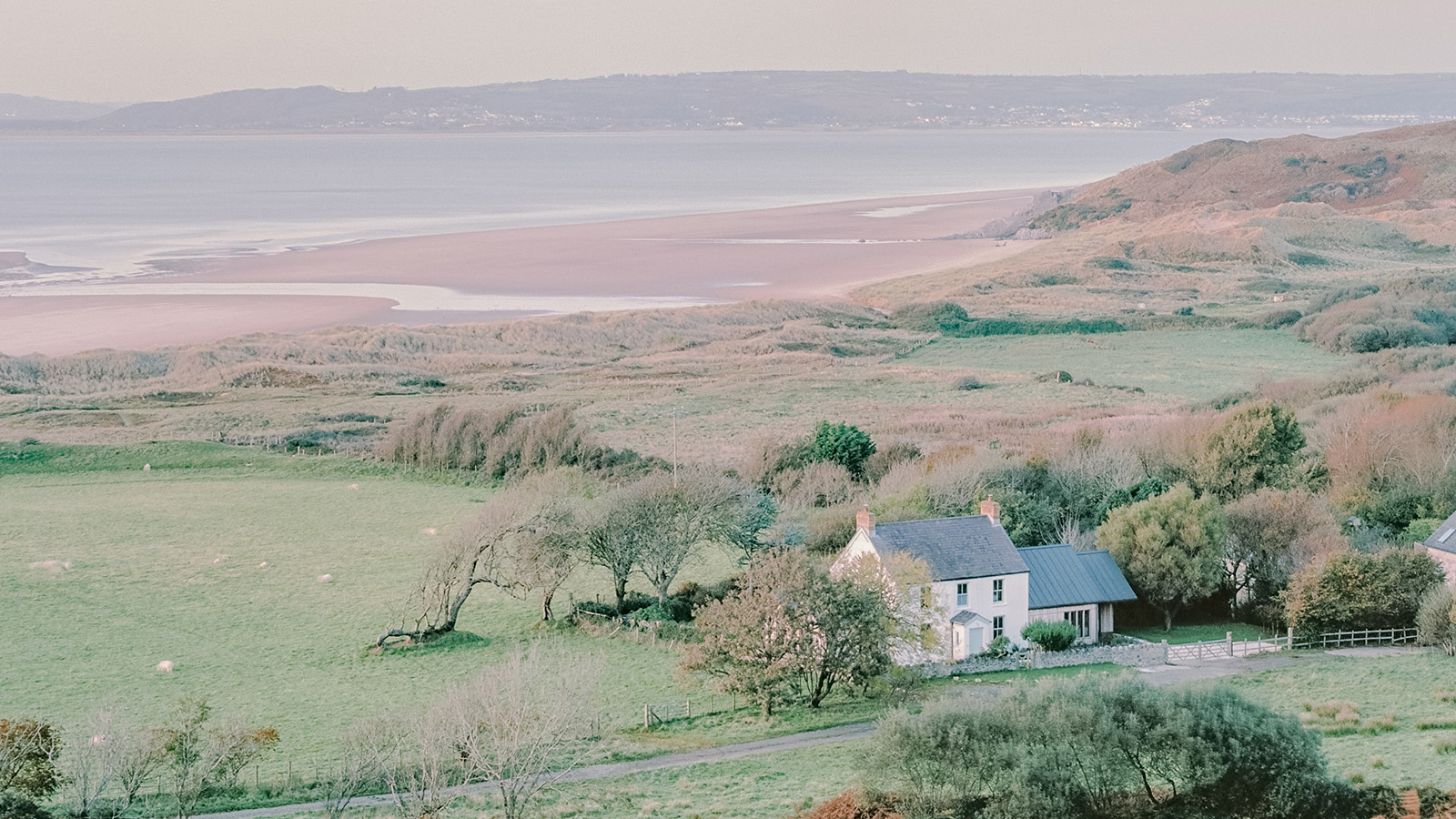 In South Wales, a remote coastal farmhouse flaunts its modern revamp, primed for hosting
In South Wales, a remote coastal farmhouse flaunts its modern revamp, primed for hostingA farmhouse perched on the Gower Peninsula, Delfyd Farm reveals its ground-floor refresh by architecture studio Rural Office, which created a cosy home with breathtaking views